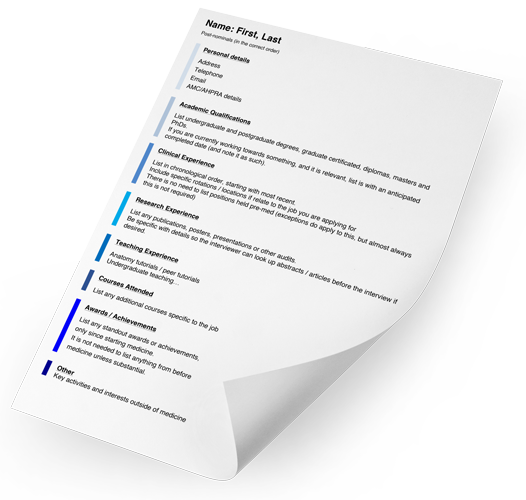As a doctor, this is the time to tailor your CV to get accepted into the AGPT program.
Both general practice medical colleges have different requirements. Be sure to complete the mandatory hospital rotations for general practice relevant to your chosen medical college (ACRRM and/or RACGP).
During this time, consider doing a short course to expand your skills beyond what you’ve learnt in medical school and in the hospital system. Once you are accepted into the AGPT program, this will make your CV look more attractive to prospective training practices. Different areas in Australia have different healthcare needs; think about where you want to complete your GP training and see if there are any special skills needed to support the population in that area.
Extra courses and skills to consider include: mental health, skin cancer, chronic disease management, children’s health, geriatrics and minor procedural skills.





